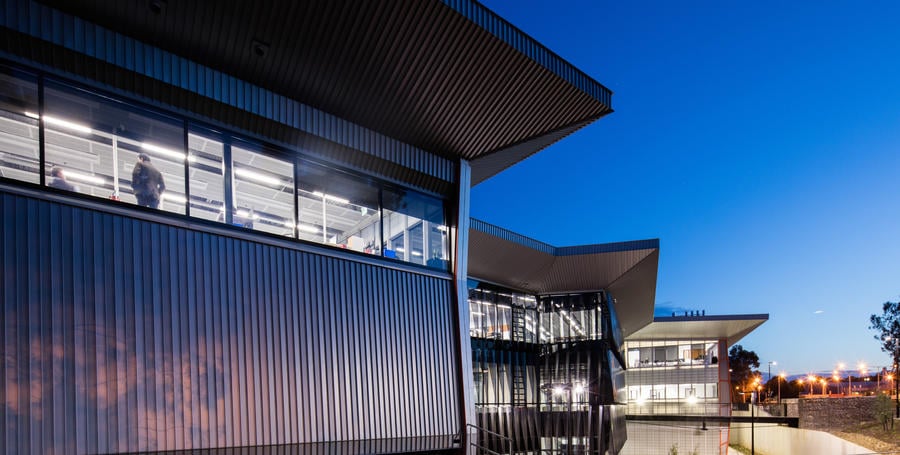International expert, Adam Hersh, will address the opportunities and challenges presented by Australia’s renewable energy revolution at the National Manufacturing Summit in Canberra on 2 and 3 August.
Hosted by Weld Australia in collaboration with the Australia Institute’s Centre for Future Work, the theme of the National Manufacturing Summit is ‘Manufacturing the Energy Revolution: Industrial Opportunities from Renewable Energy’.
Adam Hersh is Senior Economist at the Economic Policy Institute in Washington, DC, one of Washington’s most influential think tanks. Adam’s work focuses on international trade, industrial, climate, China, and macroeconomic policies. He is currently leading a major research project on the industrial opportunities associated with new green energy policies. Adam will be the keynote speaker at the Summit dinner on 2 August, and a panellist at the Summit on 3 August.
With an impressive line-up of international and Australian experts, just some of the other confirmed speakers include:
- Jim Stanford, Economist and Director, The Australian Institute & Centre for Future Work
- Michele O’Neil, President, Australian Council of Trade Unions
- Emily Scivetti, Chief Operating Officer, Oceannex
- Ben Oquist, Climate and ESG Director, DPG Advisory Solutions
- Fredrik Andrén-Sandberg, Head of Public Affairs APAC, Vestas Asia Pacific
- Tim Buckley, Director, Climate Energy Finance
- Katie Hepworth PhD, Political and Strategic Advisor, Australian Manufacturing Workers Union
- Geoff Crittenden, CEO, Weld Australia
- Kirk McDonald, Project Manager, Supercharge Australia
- Dan McKinna, General Manager, Keppel Prince
- Simon Preston, Group General Manager, Precision OxyCut
According to Geoff Crittenden (CEO, Weld Australia), “By uniting industry leaders from both the manufacturing and energy sectors, the Summit aims to leverage the opportunities presented by the renewable energy revolution and translate these into action. The Summit will foster collaboration, drive innovation, and facilitate the exchange of knowledge to empower sustainable growth and technological advancements in these interconnected industries. Government Ministers and international experts will delve into the challenges and opportunities of the renewable energy revolution.”
RENEWABLE ENERGY OPPORTUNITIES AND CHALLENGES
The Australian Government has legislated emissions reductions targets of 43% (on 2005 levels) by 2030 and net zero by 2050. Importantly, these targets will necessitate the construction of new infrastructure on a massive scale. Australia’s existing renewable energy generation of 64GW is forecast to grow to over 218GW by 2050. This will comprise 90GW of wind, 39GW of solar, 18.7GW of water, and 35.9GW of battery storage.
Over 11,000 wind towers will need to be produced, each requiring 500 tonnes of plate steel (for onshore wind towers) or 750 tonnes (for offshore wind towers). The annual production of plate steel in Australia is currently 400kt. To connect all this new generation to consumers, AEMO estimates that more than 10,000km of new transmission lines and 25,000 transmission towers (at 30 to 60 tonnes of steel per tower) will need to be constructed around the country.
“The renewable energy industry will need a raft of additional resources to deliver on these ambitious projects, including: manufacturing and fabrication capacity, raw materials (particularly steel), and contracting and contractor resources. Plus, new technologies will need to be developed and deployed. All this the renewable energy infrastructure will require a veritable army of skilled workers, including welders. While this represents enormous opportunities for Australia’s manufacturing industry, there are also enormous challenges ahead,” said Crittenden.
“While our governments can wish, and hope, and make public pledges about Australia’s transition to renewable energy, we simply do not have the sovereign manufacturing capability to make this a reality. The Federal Government and state governments can wish their renewable energy policies into existence, but without a massive investment in local manufacturing, it will not be achievable.”








